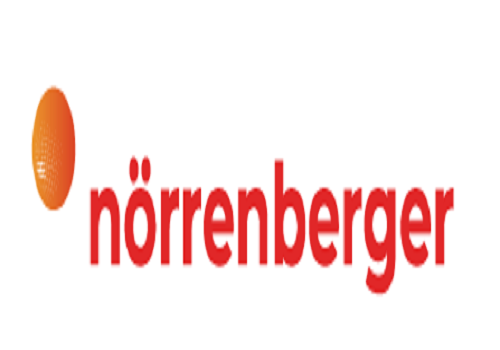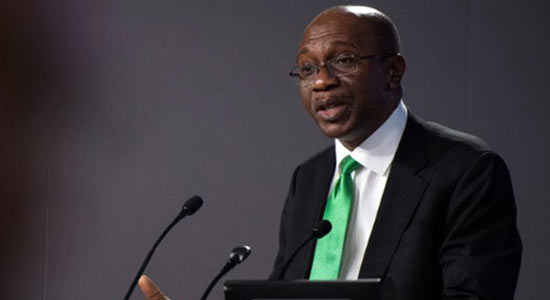Banking and Finance 19/08/2022
Conflict, Major Driver of Food Insecurity in Nigeria – World Bank

The World Bank has identified conflict as one of the critical drivers of food insecurity in West Africa, especially in the north-western part of Nigeria and the Liptako Gourma region, which borders Burkina Faso, Mali and Niger Republic.
In its latest ‘Food Security Update’, the multilateral institution, noted that the number of conflicts and fatalities reported between January and June 2022 had already surpassed what was recorded in the first half of 2021.
According to the report, conflict and fatalities were expected to reach a record high in 2022, increasing food insecurity in the West African region.
The World Bank observed that the ongoing war in Ukraine, which had increased global food, energy, and agricultural input prices, has exacerbated atypical price trends for local and imported foods.
“In addition to reduced financial access to food, conflict is one of the critical drivers of food insecurity, especially in the Liptako Gourma region and northwest Nigeria.
“It is expected that conflict and fatalities will reach a record high in 2022, increasing food insecurity in the region. The number of conflict events and fatalities reported from January to June 2022 has already exceeded what was recorded in the first half of 2021,” the report stated, citing the West Africa Food Security Outlook Briefing.
Despite favourable plant growth conditions in many parts of the Sahel, it explained that fertiliser shortages were expected to limit food production.
The Food Security Update further submitted that: “West Africa is highly dependent on fertiliser imports from Russia and Ukraine. With the ongoing war causing significant fertiliser shortages and price increases, a deficit of fertiliser of 1.2 million to 1.5 million tons is projected.
“These shortages may translate to losses in cereal production of approximately 20 million tons—equivalent to more than one-quarter of production in 2021. In the very short term, fertiliser scarcity will affect Burkina Faso, Ghana, and Mali most acutely, with supply gaps for this year’s agricultural campaign ranging from 69 per cent (Ghana) to 88 per cent (Mali) as of April 2022 (ECOWAS, FAO, and WFP 2022).”
Providing a glimpse of the global food situation, the report stated that available information between April and July 2022 for which food price inflation data are available shows high inflation in almost all low and middle-income countries.
It noted that 92.9 per cent of low-income countries, 92.7 per cent of lower-middle-income countries, and 89 per cent of upper-middle-income countries had seen inflation levels above 5 per cent, with many experiencing double-digit inflation.
The share of high-income countries with high inflation also increased sharply, with about 83.3 per cent experiencing high food price inflation.
In all, the most affected countries are in Africa, North America, Latin America, South Asia, Europe, and Central Asia.
On how to make fertilisers accessible and affordable in order to address the serious threat to food security, the report cited three policy proposals contained in the recent World Bank blog.
First, it urged countries to consider lifting trade restrictions or export bans on fertilisers, adding that as of early June, there were 310 active trade measures across 86 countries affecting food and fertilisers, with approximately 40 per cent of these being restrictive.
It stressed: “Furthermore, there has been a general scarcity of local commercial bank financing in many markets, with the financing needs of manufacturers, traders, and importers tripling in some cases.
“To address this, the blog suggests mobilising short-term credit facilities and guarantees. “
The second policy proposal was that fertiliser use must be made more efficient, for instance, by providing farmers with appropriate incentives that do not encourage overuse.
This was against the backdrop that rich countries consume 100 kilogrammes of fertilizer per hectare, nearly twice as much as developing countries. Sub-Saharan Africa consumes the least—about 15 kilograms per hectare.
In this case, the bank recommends reworking public policies to encourage productive, sustainable use.
The last policy proposal was for investments in innovation to develop best practices and newer technologies that may help increase output per kilogramme of fertiliser used.
“Precision agriculture is an example of an improved technology that is already available. Fertigation, which allows fertilisers to be used in measured quantities, determined using sensors, is another.
“Another option is to supplement conventional fertilisers with bio-fertilisers,” the World Bank stated.



